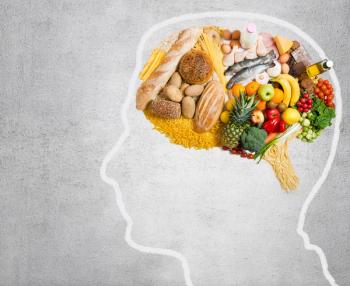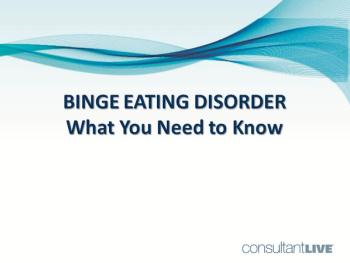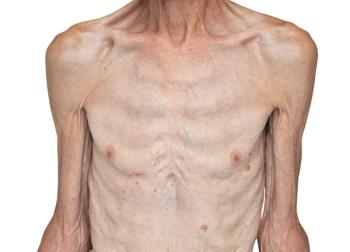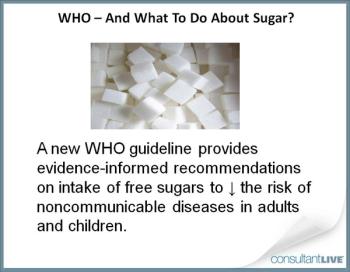
Should calcium supplementation be SOP? Are all high-fat foods bad? Does the “3500 calorie rule” work? Noodle these and other nutrition questions.

Should calcium supplementation be SOP? Are all high-fat foods bad? Does the “3500 calorie rule” work? Noodle these and other nutrition questions.

Obesity was declared a hormone-based disease in 2012, creating the need for a structured approach to obesity medicine. The AACE has taken the lead.

Researchers discover new evidence about the interplay between environment and health.

Only one-third of patients with eating disorders are ever asked about their problems with food. Screening in primary care is essential.

Underweight means highest risk, say researchers.

The development of a standardized treatment that simultaneously addresses achalasia and obesity is becoming more imperative as obesity becomes epidemic in the US. Here’s a case in point.

Evidence-based recommendations on the intake of free sugars to reduce the risk of noncommunicable diseases are the ingredients of a new WHO guideline. Find the recipe in these slides.

The odds of children becoming overweight go up with sleep-disordered breathing and short sleep duration, underscoring the need for early identification of these risk factors.

A new study shows that the risk of chronic obstructive pulmonary disease increases with obesity. Yet, the risk was increased in underweight persons as well.

The prediction of more shallow sleep in overweight and obese men with high testosterone levels is useful because poor sleep quality has been linked to an increased risk of diabetes and hypertension.

Obesity increases the risk of heart disease, stroke, hypertension, diabetes, and cancer, and it is associated with an array of complications, as the following cases attest.

Persons with a genetic predisposition to obesity who eat fried foods are at higher risk for obesity than those without a genetic predisposition.

The connections between obesity and depression in young women are strengthened by the results of a new study.

They breathe in more air than do normal-weight persons, exposing them to more air pollutants and making them more vulnerable to asthma and other pulmonary diseases.

Diabetes, hypertension, dyslipidemia, heart disease, congestive heart failure, osteoarthritis, low back pain, GERD, obstructive sleep apnea? What does it take?

Obese children in this study were nearly 3 times as likely to have asthma as nonobese children.

Being overweight increases a woman’s risk of ovarian cancer, according to a new comprehensive report. The finding offers a way to reduce the risk.

Here: factors that can affect home BP readings . . .when to start antiretroviral therapy . . . coping strategies for the challenges of aging . . . triggers to avoid in hyperthyroid patients . . . insights into causes of childhood obesity.

Real progress may be taking place in the epidemic where it can have the most impact.

Diminished lung function and low serum potassium levels are important contributors to the racial disparity in diabetes mellitus risk among African Americans, according to a new study.

An innovative study targeted a group of men who often find it difficult to lose weight.

Obesity/respiratory infections; lung disease/cognitive function; Q&A/alcohol dependence. Why are these pairs linked? Get 3 answers plus 2 more questions in this week’s quiz, here.

Poor breakfast habits in adolescence predict the metabolic syndrome in adulthood, according to a recent study.

Persons who are obese are at increased risk for catching the flu and other potentially serious respiratory diseases.

The need to address rising levels of obesity and related diseases, including cardiovascular disease, diabetes mellitus, and cancer, continues to grow.